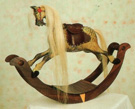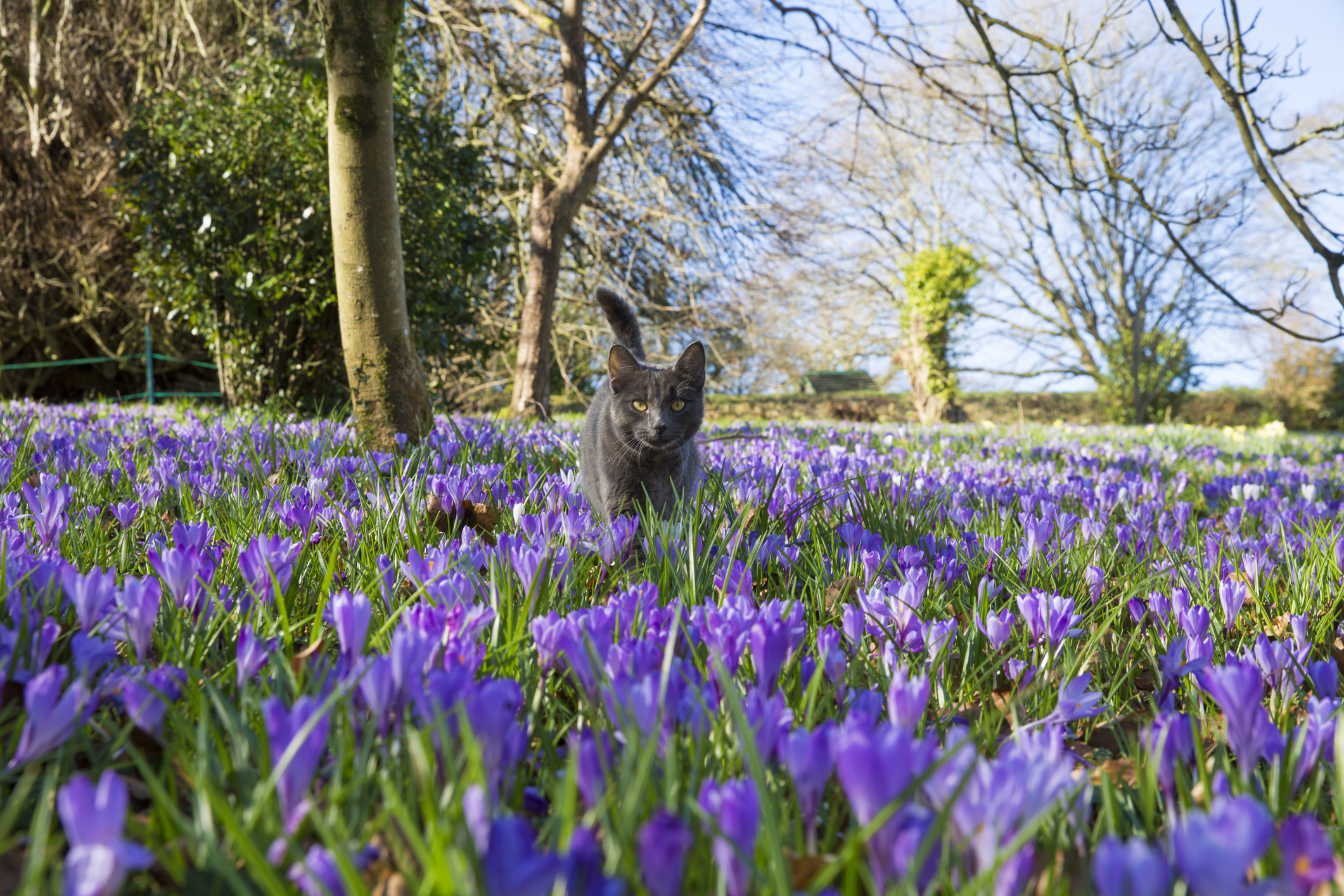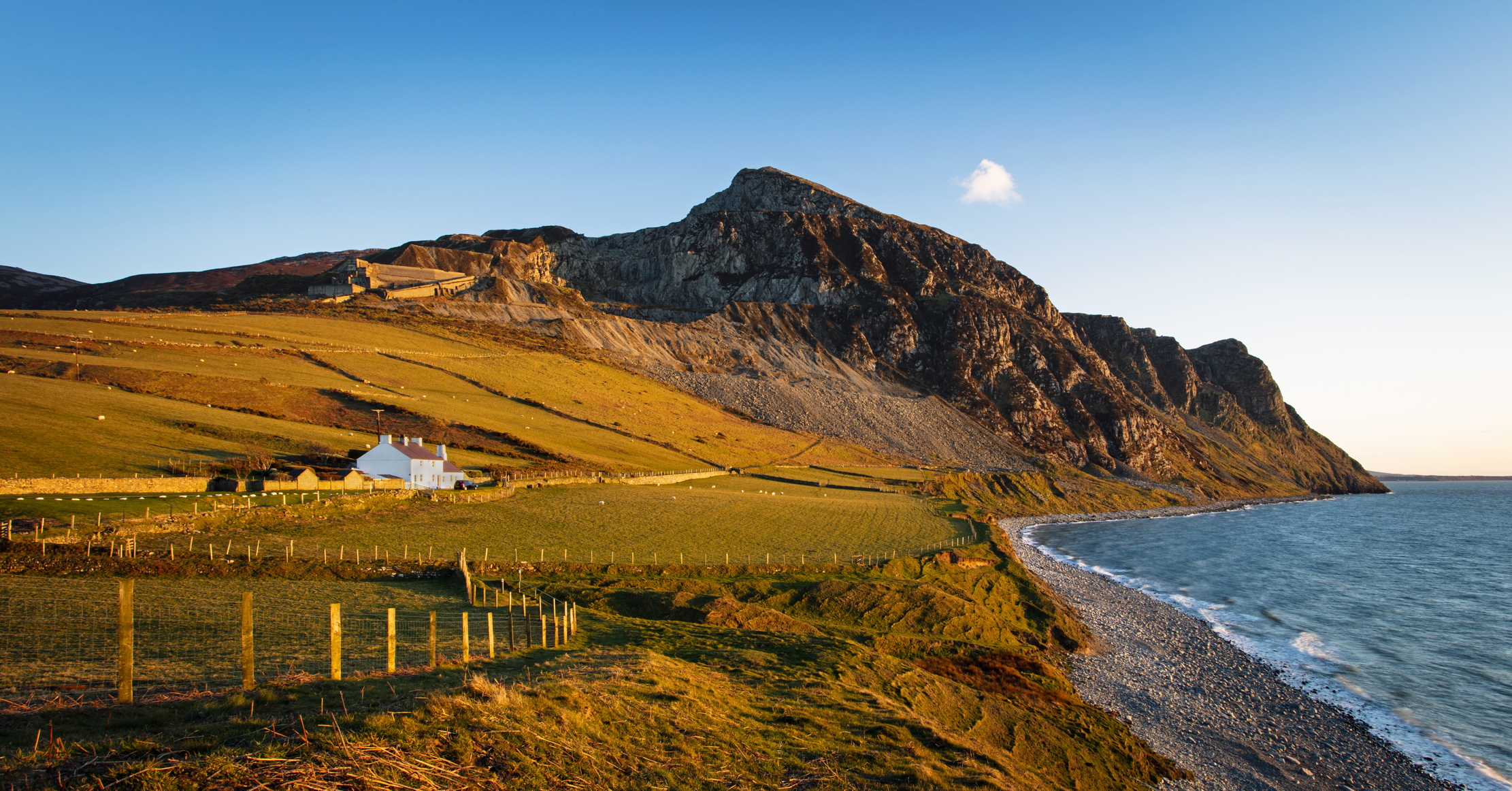Rocking Horse maker
Claire Vinent talks to a traditional rocking horse maker who is keeping a much-loved tradition alive.


Visit our country heritage treasures website here to find out about more people who keep country skills alive and kicking. Read more here.
There are few children's toys as looked upon as fondly as the rocking horse. The history of the toy stems back to the middle ages when rocking horses provided a training tool for knights who wished to practice jousting. Then Queen Victoria cemented its place in society when, in 1851, she famously visited the workshop of J. Collinson in Liverpool and chose a dapple grey to take home.
Today the art of the rocking horse-maker remains a highly skilled trade, and Robert Mullis' horses are among some of the finest, and have been exported to destinations as far away as Japan and Australia as well as having been viewed by the current reigning monarch.
Robert became interested in rocking horses 40 years ago when he saw one being restored at the agricultural contractors' where he worked as an apprentice. 'I realised that they were made from lots of different blocks of wood and that fascinated me.' The horses are in fact made from 30 to 40 different wooden blocks, commonly sycamore or British hardwoods such as oak. Each horse takes an average of 55-60 hours to make. Then the horses must be painted and fitted for tack (all Robert's horses sport tack made by a specialist saddler).

One of Robert Mullis' famous rocking horses
Much-loved rocking horses often end up needing to be restored: ears and legs are common casualties. 'Restoration is preferable to replacement as the horse retains more value that way,' he says. The worst affected parts of the horse are broken down into individual blocks of wood and repaired before being reassembled.
Most of the horses are made to order and commissioned ostensibly for children but all are strong enough to take adults. 'Adults like them just as much as children, if not more. I test each and every one I make by standing on them and until recently I weighed 17½ stone.' Robert's bespoke horses are highly individual; hair colour, tack, style, size and even eye-colour vary and he offers a full refund should a customer be unhappy with the finished result, but, happily, as yet, not one horse has been returned to its maker.
Sign up for the Country Life Newsletter
Exquisite houses, the beauty of Nature, and how to get the most from your life, straight to your inbox.
This article was written as part of a series of short studies on artisans living and working in the countryside in traditional roles. Read more here
Country Life is unlike any other magazine: the only glossy weekly on the newsstand and the only magazine that has been guest-edited by HRH The King not once, but twice. It is a celebration of modern rural life and all its diverse joys and pleasures — that was first published in Queen Victoria's Diamond Jubilee year. Our eclectic mixture of witty and informative content — from the most up-to-date property news and commentary and a coveted glimpse inside some of the UK's best houses and gardens, to gardening, the arts and interior design, written by experts in their field — still cannot be found in print or online, anywhere else.
-
 The King's favourite tea, conclave and spring flowers: Country Life Quiz of the Day, April 22, 2025
The King's favourite tea, conclave and spring flowers: Country Life Quiz of the Day, April 22, 2025Tuesday's Quiz of the Day blows smoke, tells the time and more.
By Toby Keel
-
 London is the place for me* (*the discerning property buyer)
London is the place for me* (*the discerning property buyer)With more buyers looking at London than anywhere else, is the 'race for space' finally over?
By Annabel Dixon